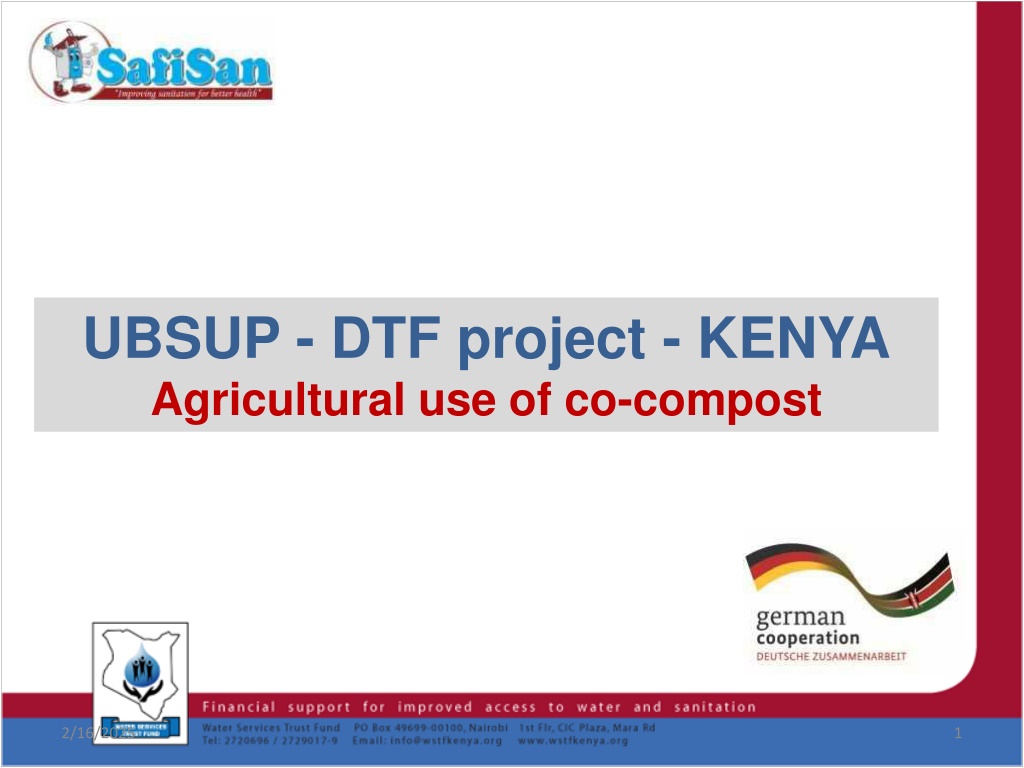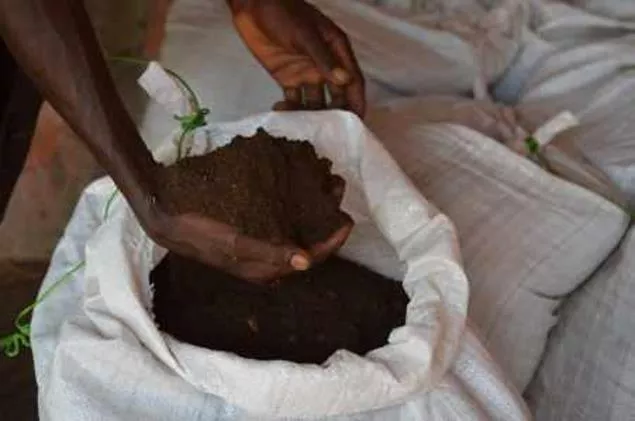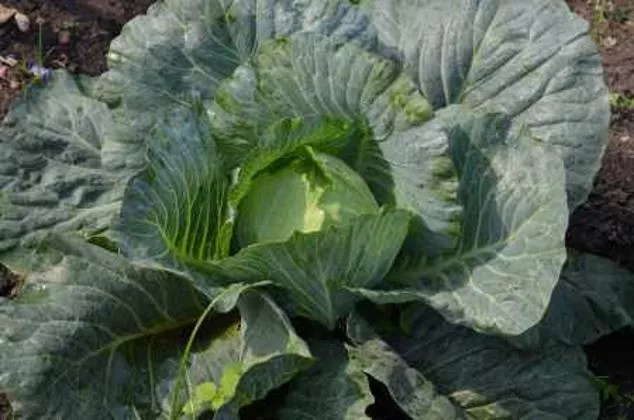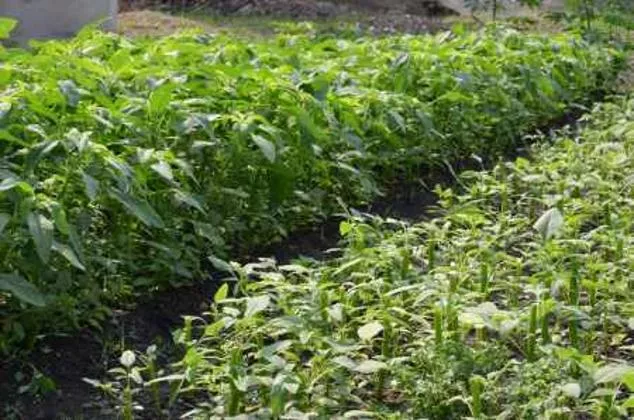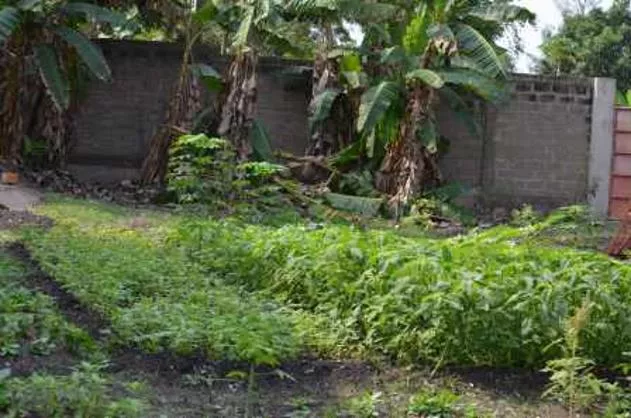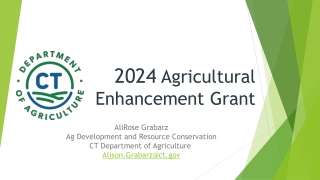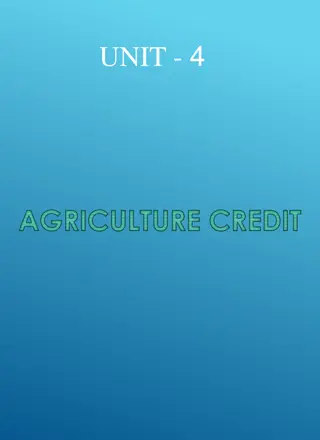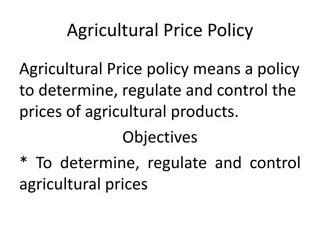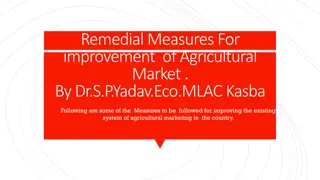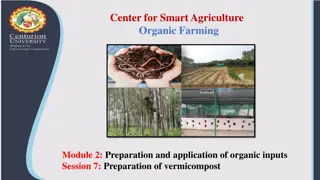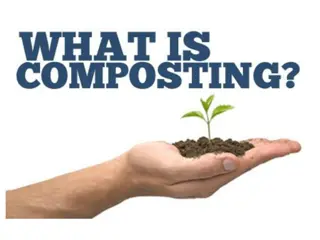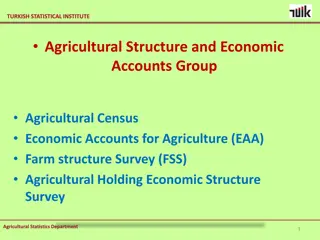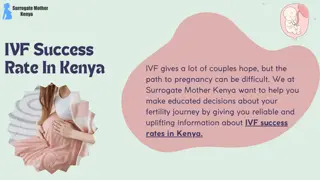Agricultural Use of Co-Compost in Kenya
This project in Kenya explores the benefits of using co-compost as a key element in agricultural practices. Learn how to utilize co-compost for planting trees, shrubs, and bushes, as well as for flower pots and repotting. Discover effective techniques for using co-compost as a fertilizer for different types of plants and as a soil conditioner. Find out the recommended dosage of co-compost based on the nutritional requirements of various crops. Enhance your understanding of sustainable agricultural methods with co-compost usage in Kenya.
Download Presentation

Please find below an Image/Link to download the presentation.
The content on the website is provided AS IS for your information and personal use only. It may not be sold, licensed, or shared on other websites without obtaining consent from the author.If you encounter any issues during the download, it is possible that the publisher has removed the file from their server.
You are allowed to download the files provided on this website for personal or commercial use, subject to the condition that they are used lawfully. All files are the property of their respective owners.
The content on the website is provided AS IS for your information and personal use only. It may not be sold, licensed, or shared on other websites without obtaining consent from the author.
E N D
Presentation Transcript
UBSUP - DTF project - KENYA Agricultural use of co-compost 2/16/2025 1
As base for planting Trees, shrubs and bushes: Mix 1/4 co-compost and 3/4 soil and fill the planting holes with that mix 2/16/2025 3
As base for planting Flower pots and repotting: Mix 1/3 compost and 2/3 soil. Other possibility: 1/3 co-compost, 1/3 soil and 1/3 sand 2/16/2025 4
As fertilizer Fruit trees and ornamental trees: Lay a layer of 1cm of co-compost (2kg/m2) around the trunk and cover with straw or other mulching material 2/16/2025 5
As fertilizer Fruits and vegetables: Can be applied in three different ways: On the top soil with light combing to mix the co-compost with soil Between each row of vegetable, before mulching on top In the planting hole with a thin layer of soil to avoid direct contact of the co-compost with the seeds 2/16/2025 6
As fertilizer Dosage upon culture type Tomatoes, pepper, lettuce, courgette, potatoes, corn: High nutritional requirements 4 kg/m2/an Beans, carrots, spinach, beetroot, peas : Medium nutritional requirements 2 kg/m2/an Cabbage, garlic, onion, herbs : Low nutritional requirements 0.5 kg/m2/an 2/16/2025 7
As soil conditioner Mix the co-compost with the soil at a depth of 10 cm Light soils or sandy soils: 12 kg/m2 every 5 years Heavy soils: 6 kg/m2 every 3 years 2/16/2025 8
Do you have any questions, remarks or suggestions? 2/16/2025 9
